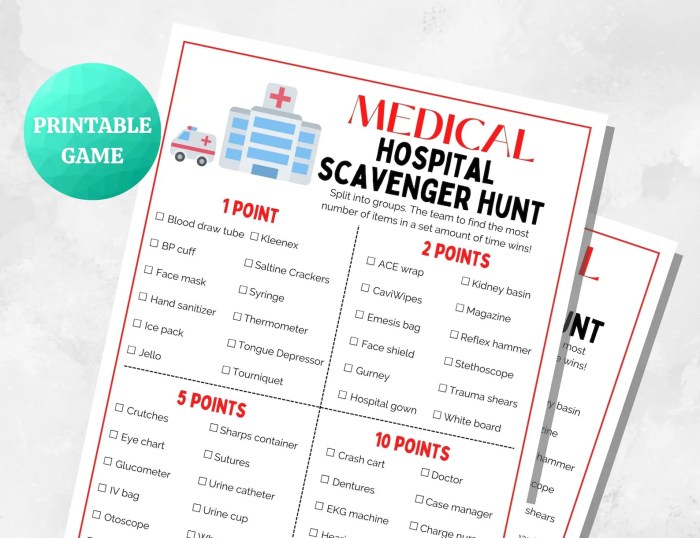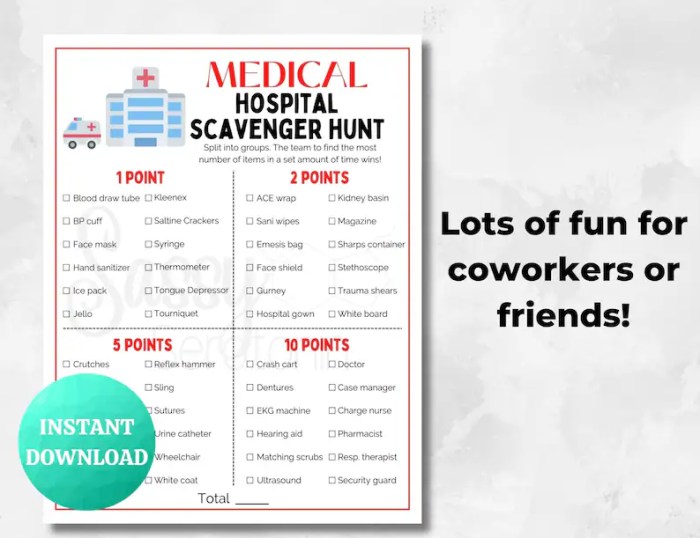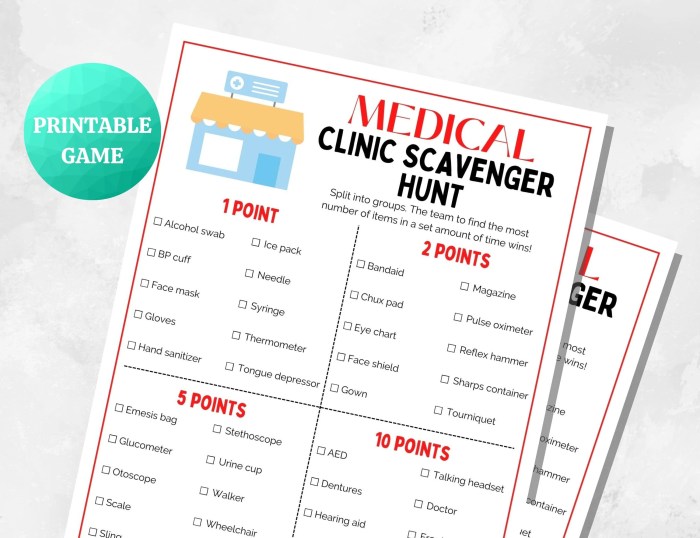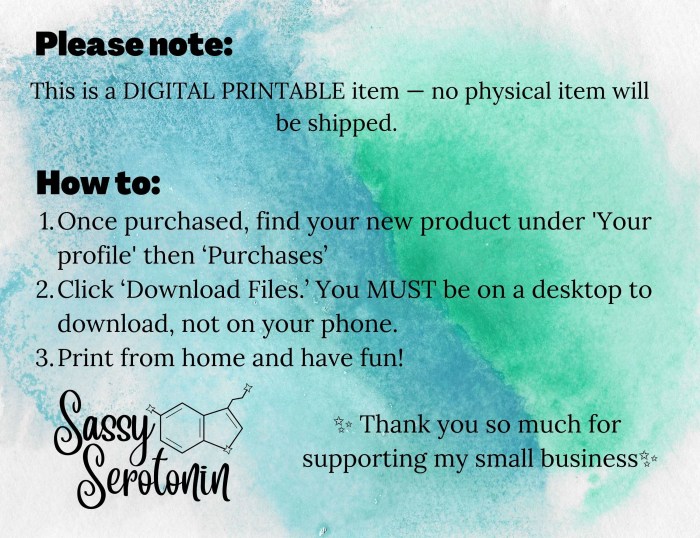The hospital scavenger hunt for nursing students is an engaging and effective learning tool that can be used to teach a variety of nursing concepts. This type of activity can be used to help students learn about the different departments of a hospital, the equipment used in each department, and the roles of different healthcare professionals.
Scavenger hunts can be designed to be challenging but not impossible to solve, and they can be tailored to meet the specific learning objectives of a particular nursing course. By incorporating technology and other resources, scavenger hunts can be used to create a truly immersive learning experience for nursing students.
Introduction: Hospital Scavenger Hunt For Nursing Students

A hospital scavenger hunt is an educational game designed to enhance the learning experience of nursing students. It involves a series of clues that guide participants through a healthcare facility, testing their knowledge and skills while promoting collaboration and critical thinking.
Scavenger hunts offer numerous benefits for nursing students. They provide an interactive and engaging way to learn, fostering active participation and encouraging students to apply their knowledge in a practical setting. Additionally, they promote teamwork and communication, essential skills for nurses working in collaborative healthcare environments.
Planning the Scavenger Hunt
Effective scavenger hunts require careful planning. Setting clear objectives is crucial, ensuring that the hunt aligns with specific learning goals. The choice of locations should be strategic, providing a variety of settings that challenge students and expose them to different aspects of healthcare.
- Establish learning objectives that the scavenger hunt will address.
- Identify appropriate locations within the healthcare facility that reflect the learning objectives.
- Consider the time constraints and group dynamics to determine the duration and structure of the hunt.
Design of the Scavenger Hunt
The design of the scavenger hunt should balance challenge and accessibility. Clues should be engaging and thought-provoking, encouraging students to think critically and apply their nursing knowledge. Effective clues may incorporate patient scenarios, medical terminology, or equipment identification.
- Create clues that are relevant to the learning objectives and test nursing knowledge and skills.
- Ensure clues are challenging but not impossible to solve, fostering a sense of accomplishment and motivation.
- Consider incorporating a variety of clue formats, such as riddles, puzzles, or patient simulations.
Implementation of the Scavenger Hunt, Hospital scavenger hunt for nursing students
Successful implementation involves managing logistics and promoting active participation. Time management is essential, ensuring that students have sufficient time to complete the hunt while maintaining engagement. Group dynamics should be considered, fostering collaboration and ensuring all students contribute.
- Establish clear time limits and expectations for the scavenger hunt.
- Monitor group progress and provide support when needed, ensuring all students participate and benefit from the experience.
- Encourage collaboration and teamwork among participants.
FAQ
What are the benefits of using a scavenger hunt as a learning tool?
Scavenger hunts can help students to learn about a variety of topics in a fun and engaging way. They can also help students to develop their problem-solving skills, teamwork skills, and communication skills.
How can I design a scavenger hunt for my nursing students?
When designing a scavenger hunt, it is important to consider the learning objectives of the activity. The clues should be challenging but not impossible to solve, and they should be relevant to the nursing concepts being taught.
How can I evaluate the effectiveness of a scavenger hunt?
The effectiveness of a scavenger hunt can be evaluated by gathering feedback from students. Students can be asked to complete a survey or questionnaire about their experience. The feedback can be used to improve future scavenger hunts.


